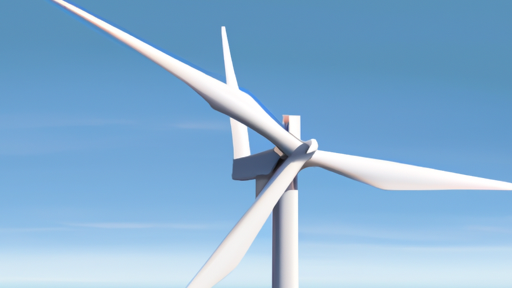Philippines’ Shift Towards Offshore Wind Energy
The President of the Philippines, Ferdinand Marcos Jr., made a significant stride toward supporting offshore wind (OSW) projects on April 19, 2023, by issuing Executive Order No. 21. This strategic directive emphasizes collaboration among government entities and the private sector to aggressively develop offshore wind energy in the country.
Evolving Market for Offshore Wind Energy
Since the implementation of the Executive Order, promising developments have been seen, particularly from private entities like BlueFloat Energy, GigaWind, Iberdola, Shell, and WindKraft, to name a few. These companies are starting to take advantage of the 22 GW initial allocation of wind energy resources across the Philippine archipelago.
European Developers Leading the Charge
Experienced and technically adept European developers are working their magic in the offshore wind sector. Spanish developer BlueFloat is leading the charge with a cluster of four projects under planning, amounting to a massive 7.6 GW capacity.
The Philippines’ Potential for Offshore Wind Energy
A recent World Bank study revealed that the Philippines holds an estimated 178 GW of offshore wind resources. Hence, the country can potentially leverage offshore wind power for its growing energy requirements, while brewing innovation by producing alternative fuels like green hydrogen.
Impact and Effectiveness of Executive Order No. 21
The effectiveness of Executive Order No. 21 is evident in the surge in awarded offshore wind energy service contracts, increasing from 38 to 78 in just five months. The contracts swelled from 63 to 78 with a total capacity of 61.6 GW from August to October, witnessing the most significant growth.
Department of Energy’s (DOE) Role and Obligations
The Order assigned a crucial role to the DOE—to formulate a Policy and Administrative Framework within 60 days of issuance. It required all permitting agencies to supply a full list of required permits, thereby eliminating potential bottlenecks and easing the permitting process. Further, DOE has been instructed to collaborate with the National Grid Corporation of the Philippines (NGCP) and the National Transmission Corporation (TRANSCO) to facilitate timely grid interconnection for OSW projects.
Collaborative Effort Towards Offshore Wind Development
A concerted effort from the government, GOCCs, and LGUs is of utmost importance for successfully carrying out OSW projects. It is estimated that harnessing just 10 GW could stimulate job creation and attract annual investments of over $1 billion as per the World Bank.
Striding Towards Renewable Energy Transition
In line with the country’s resolve to transition to renewable energy sources, the Philippine Department of Environment and Natural Resources is cooperating with the DOE to incorporate offshore wind and floating solar guidelines into the National Expenditure Program. The National Adaptation Plan is also expected to be presented during the 2024 budget deliberations.
The Philippines, through the strategic implementation of the Executive Order, along with sustainable initiatives, is steadily progressing toward unlocking its offshore wind potential, thereby moving closer to a greener energy future. This move aligns with the nation’s goal of attaining 35% renewable energy by 2030 and 50% by 2040, amplifying the current share of 22% in the country’s electricity supply.
